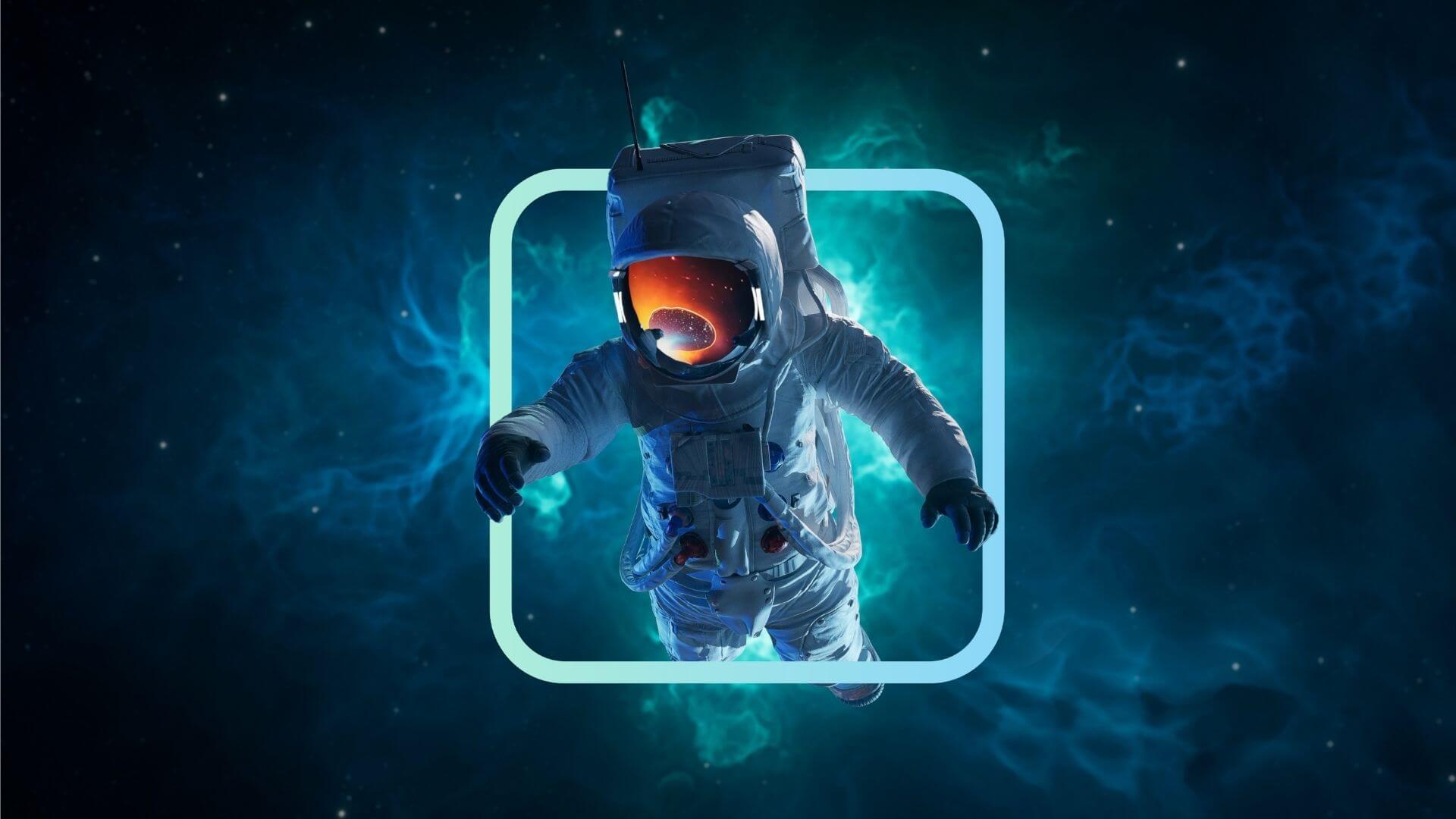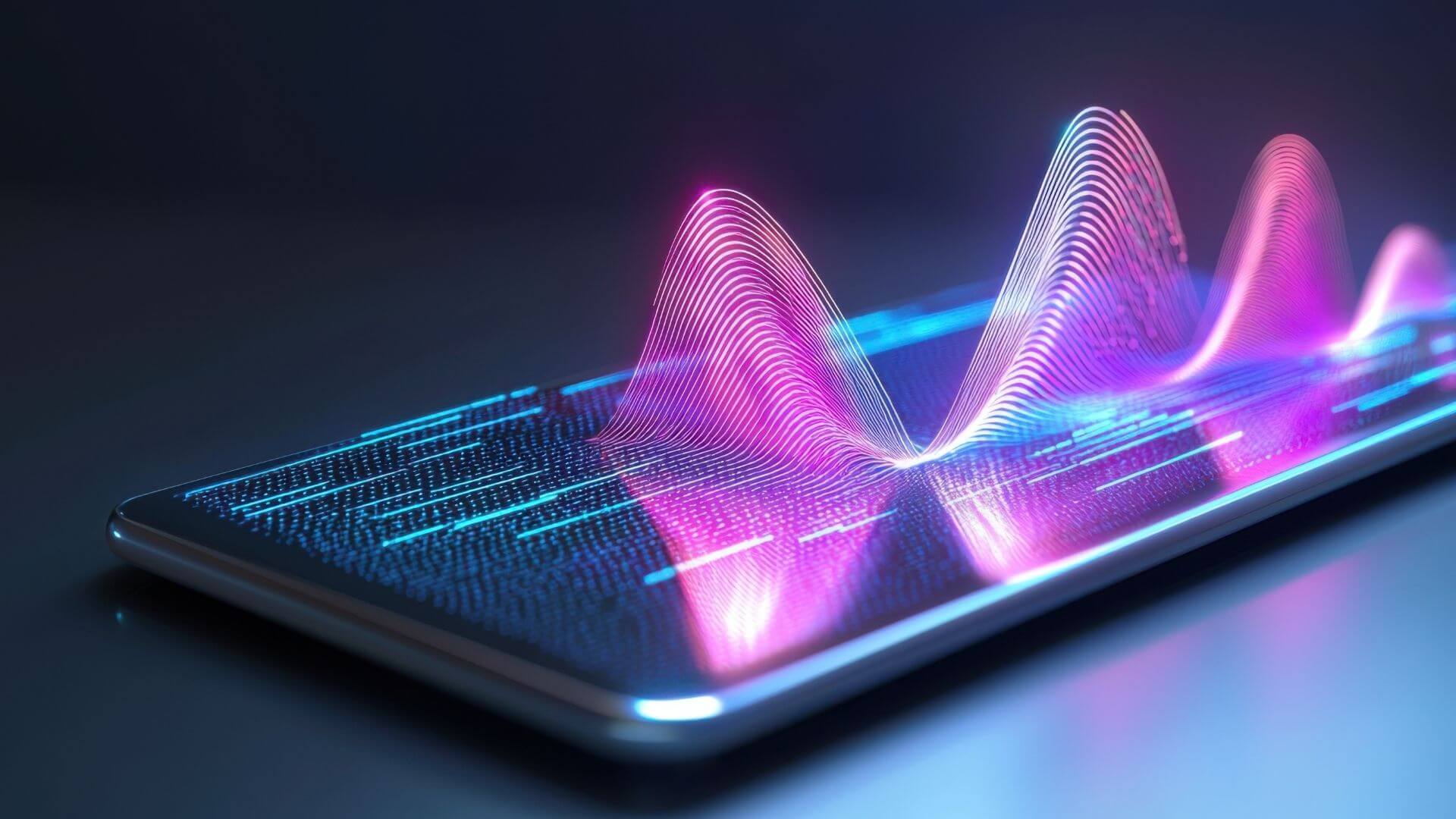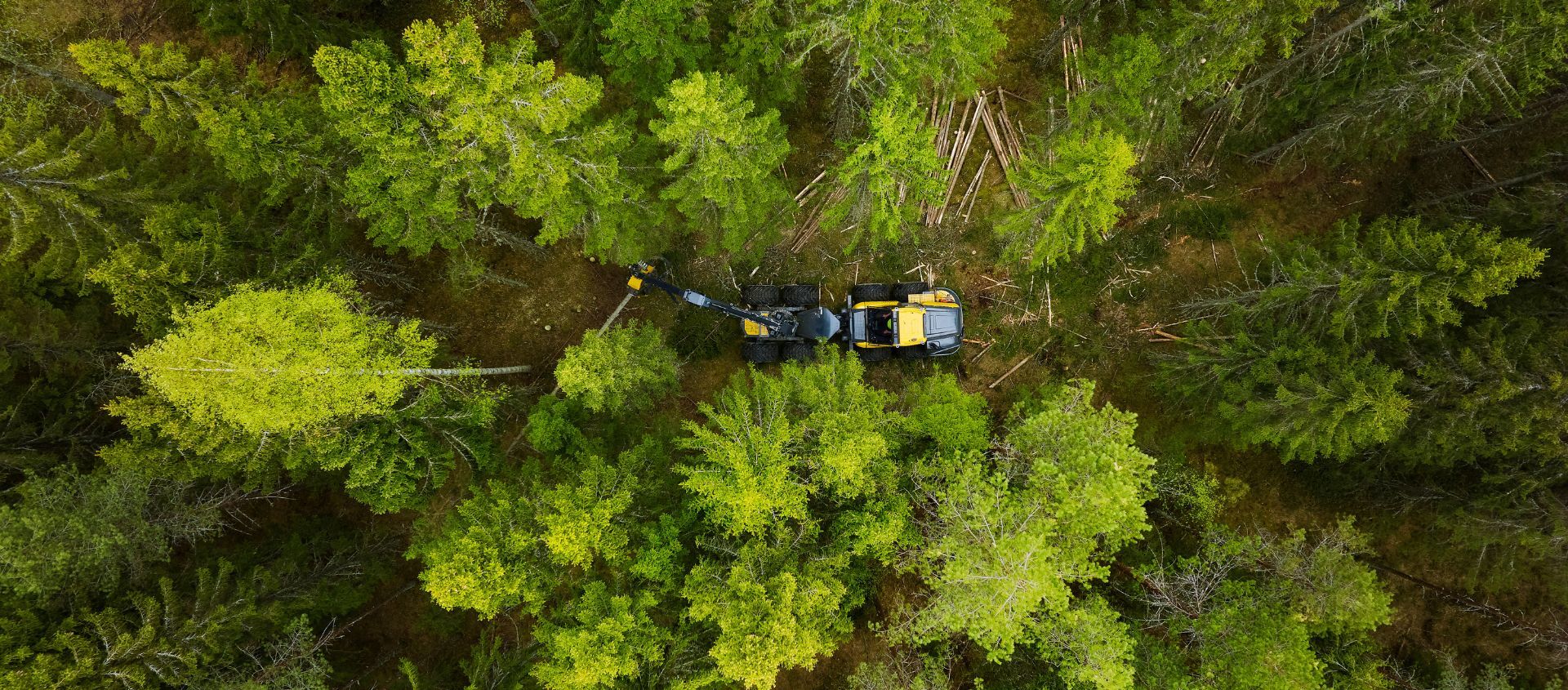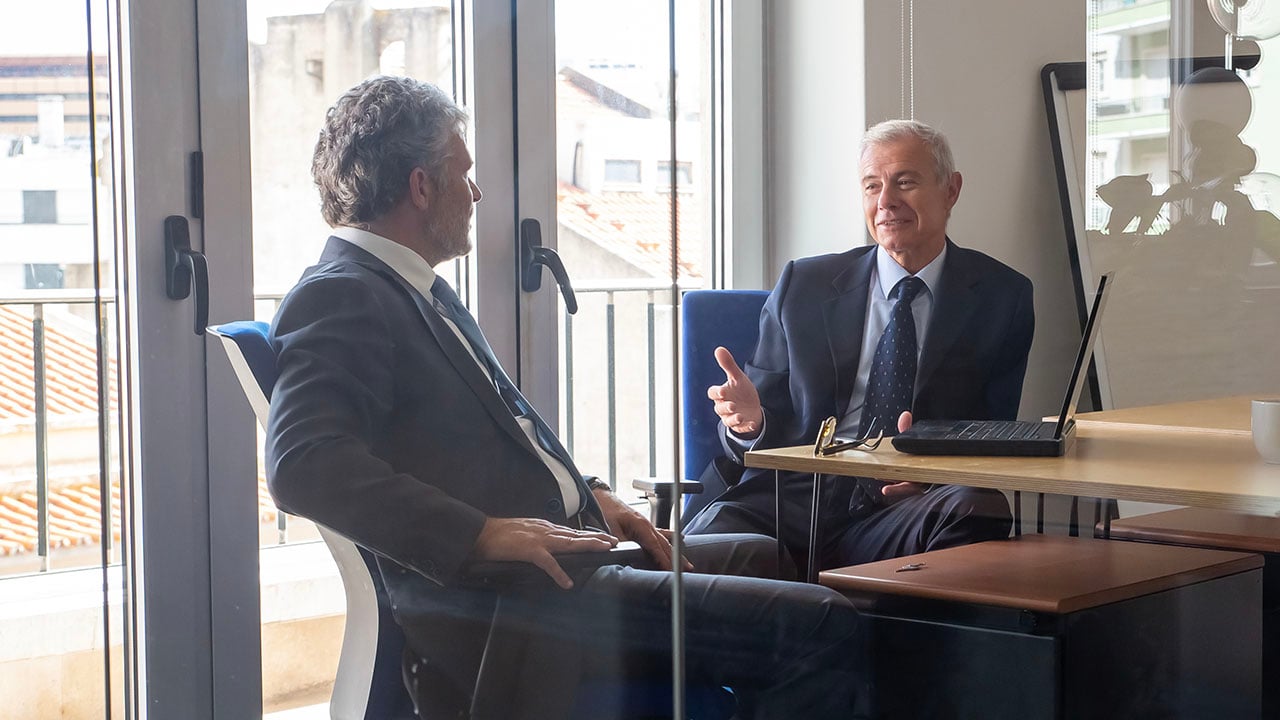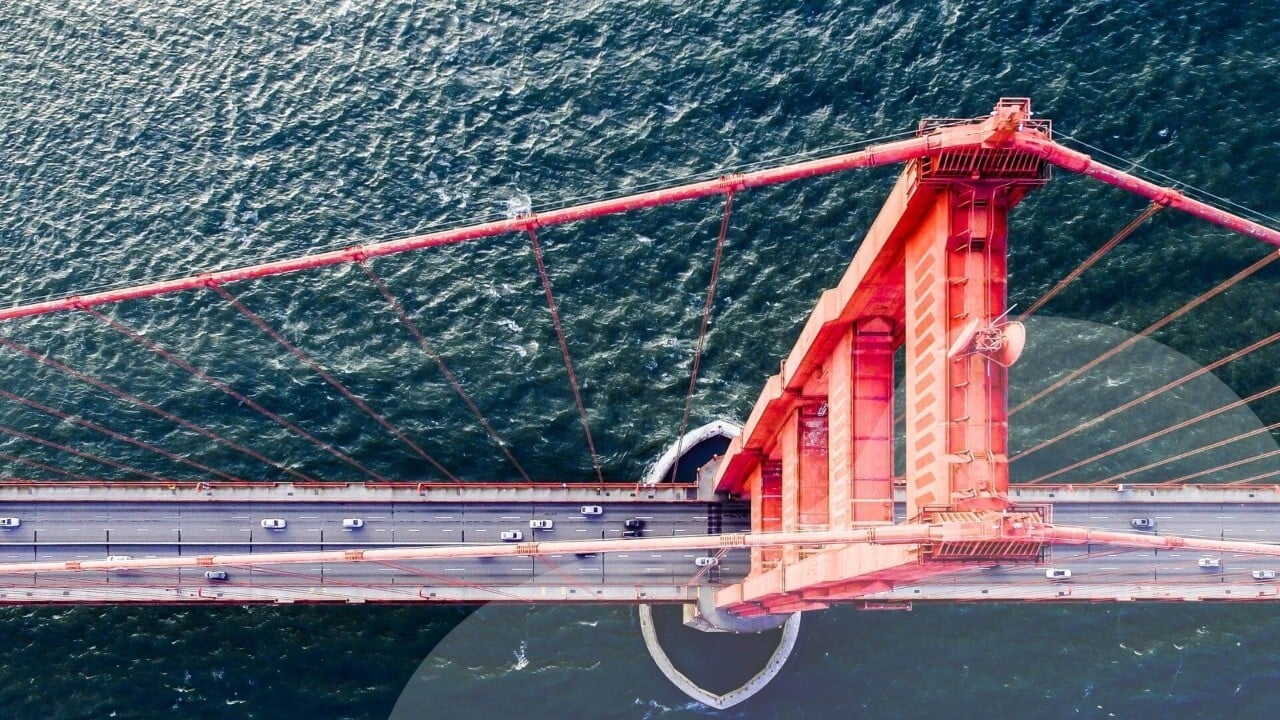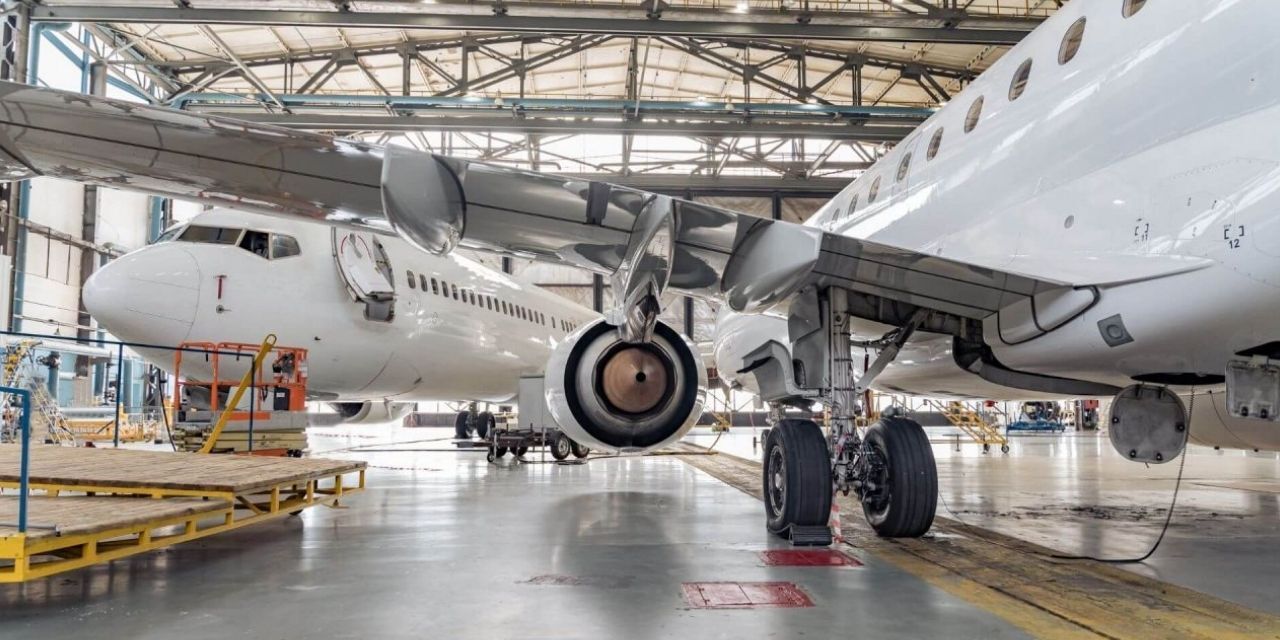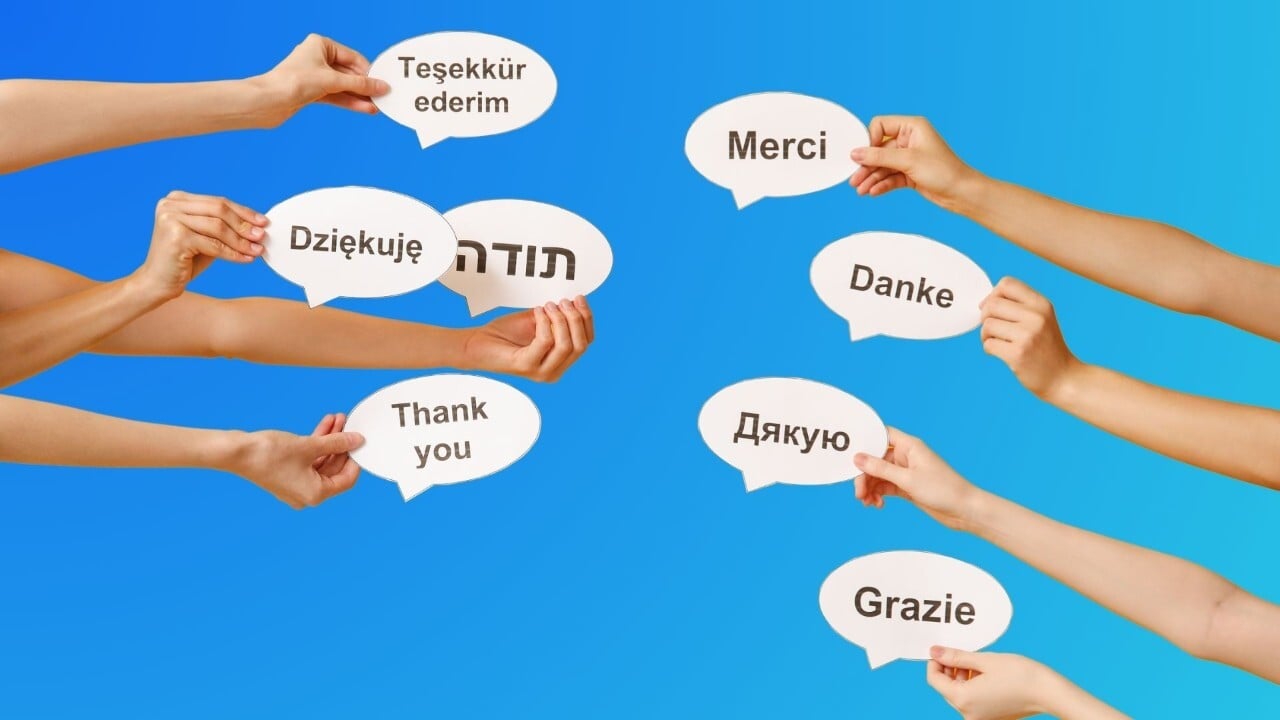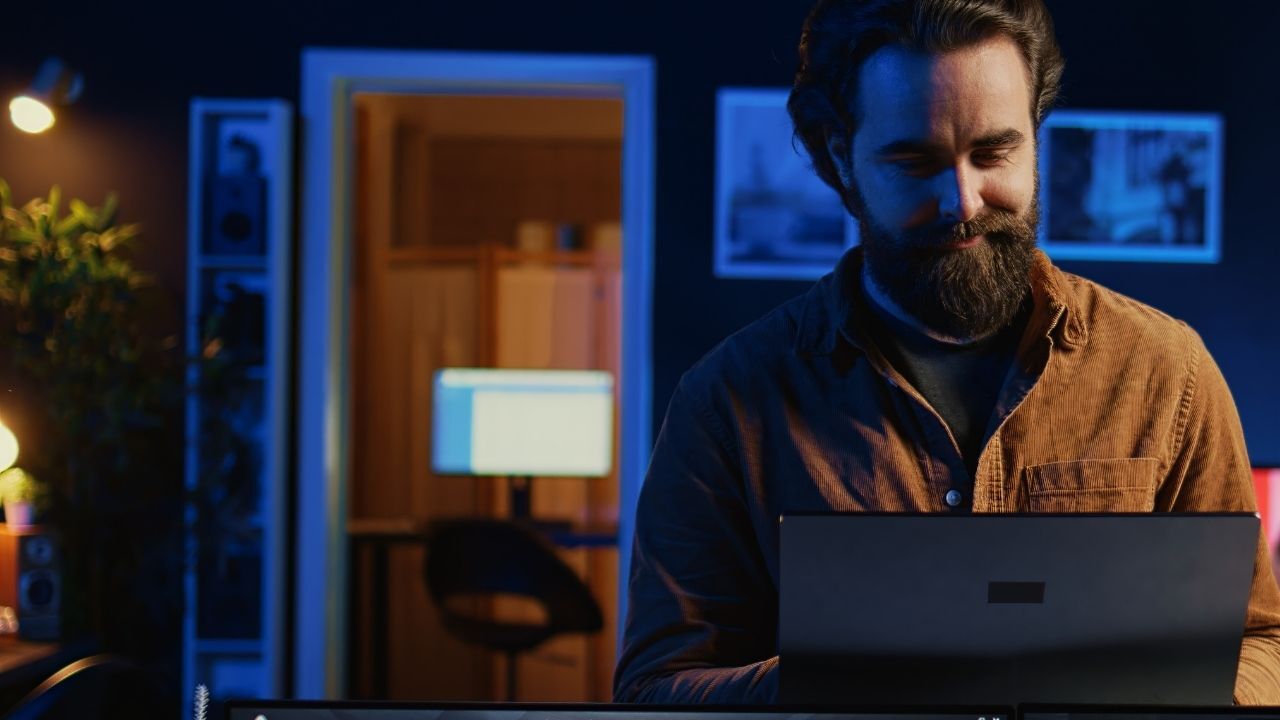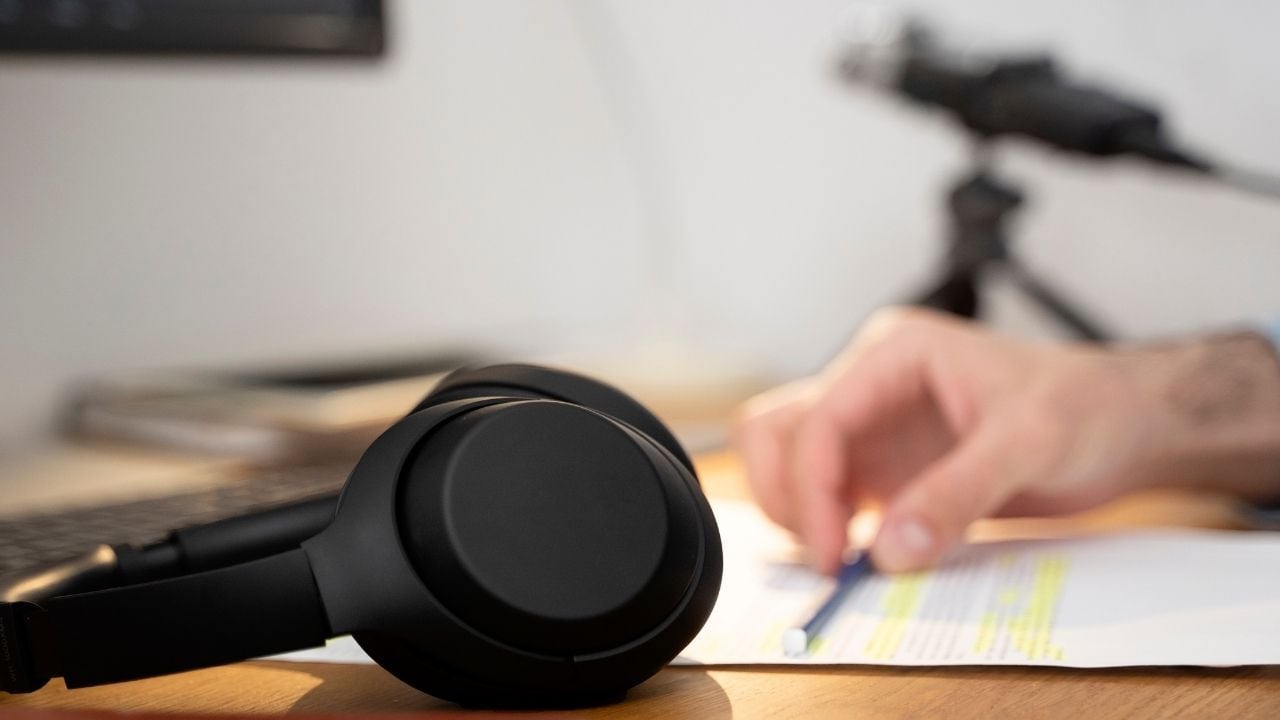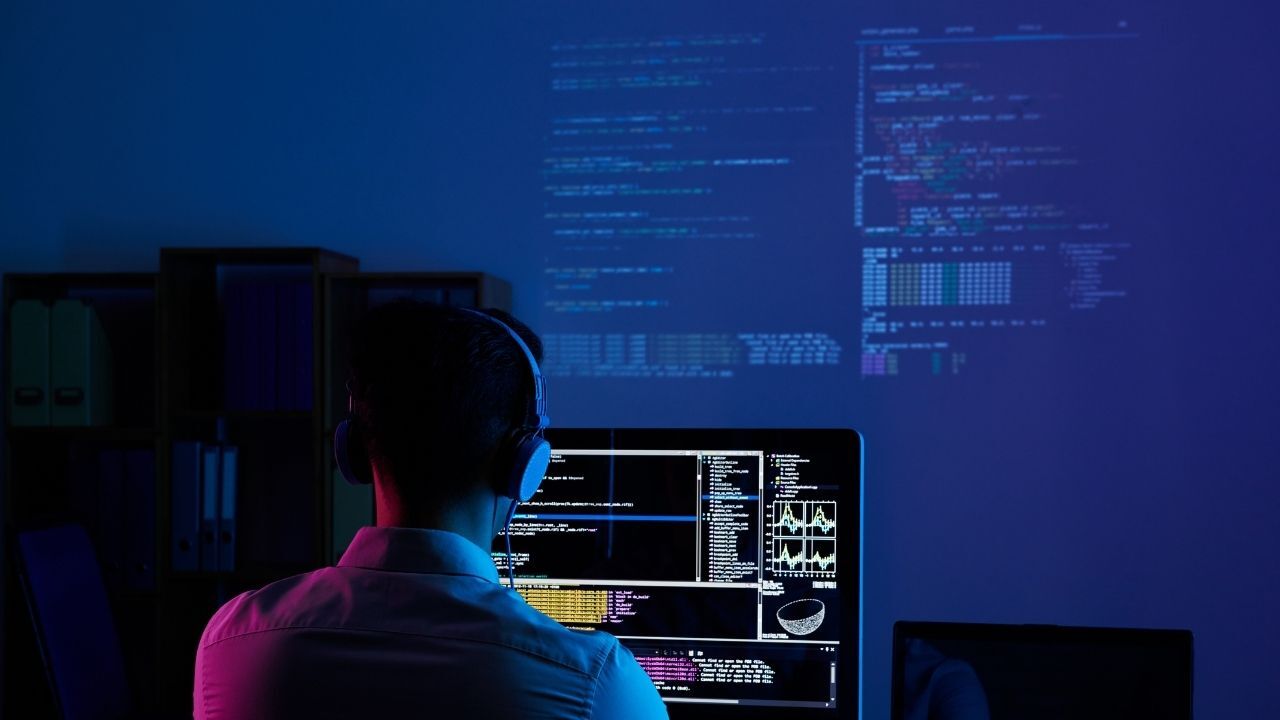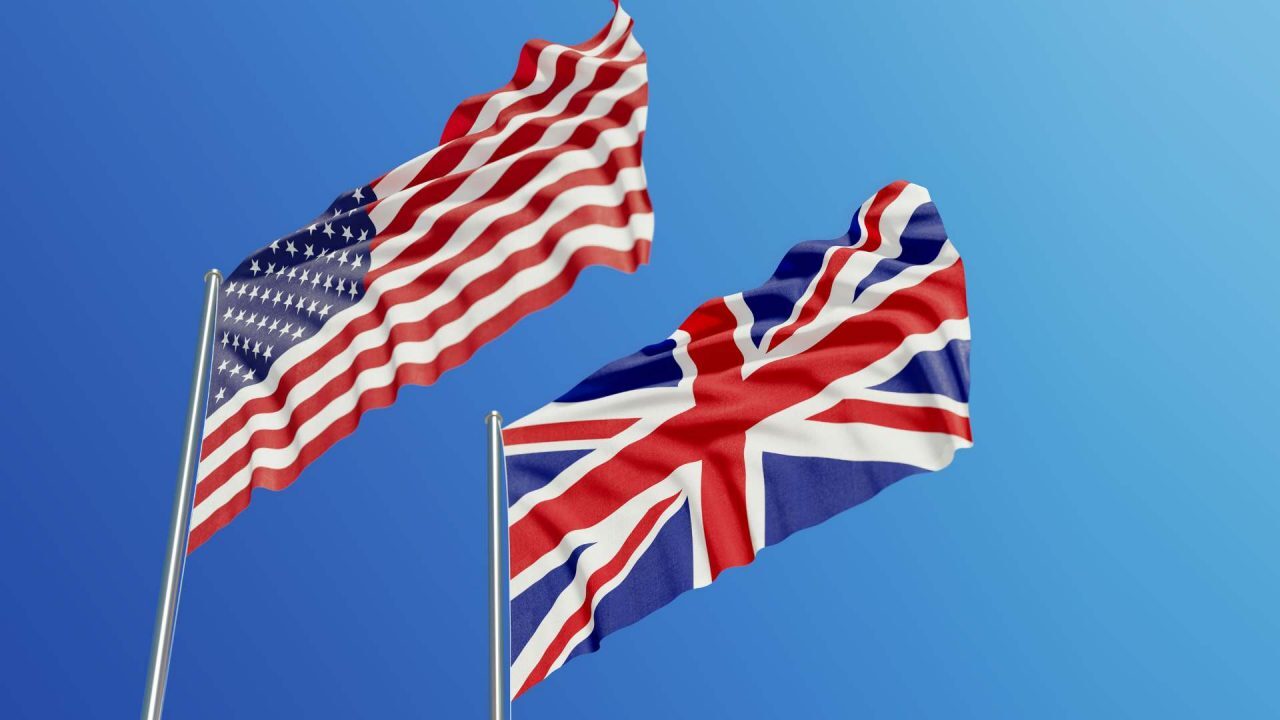Underlining their project approach, our Aeronautics and Defense sales manager highlights five key pillars: understanding client profiles and translation needs, managing diverse formats with tailored processes, valuing our team's expertise, prioritizing Acolad's data security, and integrating artificial intelligence in translation.
Our Clients: Their Profiles and Translation Needs
The Aerospace & Defense division of Acolad works for the main French prime contractors in the defense and land, aeronautical, and naval security industries. For some, this collaboration has lasted for more than 20 years. In other words, commitment and confidentiality are the watchwords of our translators and project managers! More specifically, we work either upstream of our customers' bids - for example, with their engineering teams to translate responses to calls for tender, particularly technical specifications - or during the equipment acceptance phase, with our customers' Technical Documentation departments or their document engineering service providers. This does not mean we can't work for other departments, such as Legal, Finance, Quality, or Marketing.
A Variety of Formats to Translate, Adapted Translation Processes
In terms of document typology, the spectrum is wide: user documentation, maintenance manuals, IPC (Illustrated Parts Catalogue), training materials, or even HMI (Human Machine Interface).
A variety of documents means a variety of formats: apart from all the classic files of the Office suite, we process both files from developers to localize HMIs, as well as video subtitles, audio transcriptions, or any illustration.
The largest volumes that we translate in the Aerospace & Defense sector are unequivocally structured modular documentation content, mainly DITA, SGML, XML, and FrameMaker XML files. We can support all these different file formats thanks to our CAT (Computer Assisted Translation) tools, which allow us to translate the text by overwriting while preserving the structural tags and capitalizing on bilingual TM (Translation Memories) enriched as the documents are translated.
In this way, we gain in speed, thanks to a sustained translation rhythm, in quality, with a guarantee of terminological consistency, and in savings, since we don't have to re-translate previously translated content.
In the field of structured documentation, we also offer one of our customers a complete editorial chain: we select the content to be translated, export it to our CAT tool and import it back into our customer's EDM (Electronic Document Management) tool, right through to final publication of the translated version in PDF format. In this way, our team of linguists works in phase with our customers' teams of technical writers.
We can also take charge of a customer's translation request workflow. For example, behind one of our customer's translation request management platforms, one of our experienced project managers is actually at the helm. This relieves the customer of the complexities of our business and ensures optimum handling of their translation requests.
Finally, we offer another "format" for content translation: oral interpreting. We provide interpreting services, mainly liaison interpreting, to accompany our customers at their meetings or other events.
Words and People: Our Team
The common base of our team is our expertise in linguistics and technical translation. From translators to project managers, and sometimes even to some salespeople, we all have a linguistic background and at least 20 years of experience in our field. Our translators are also often trained engineers.
For certain projects in the defense sector, certain members of our team of linguists are accredited. For highly confidential projects that cannot leave French soil, we assign the documents to be translated only to French nationals residing in France. We can also send qualified translators on-site.
In addition to the fact that we have the internal and external resources to translate into over 70 languages, when we assign a project to a translator, it's not enough for them to translate into their mother tongue - the state of the art in the profession: we also select them according to their area of expertise. A technical translator does not translate legal or communication documents, and vice versa.
To translate well, you need to understand what you're talking about!
We qualify our new resources through translation tests. Once a new translator is qualified, we give him or her the opportunity to work on projects with the support of senior translators.
In project management, we work in pairs. Each customer has a sales manager and a dedicated project manager. This pair works upstream of the project to analyze the customer's needs, study technical feasibility, set up schedules, draw up an appropriate technical and financial offer, and assemble the appropriate translation team.
We see ourselves as a true partner and advisor to our customers, anticipating difficulties and making suggestions.
